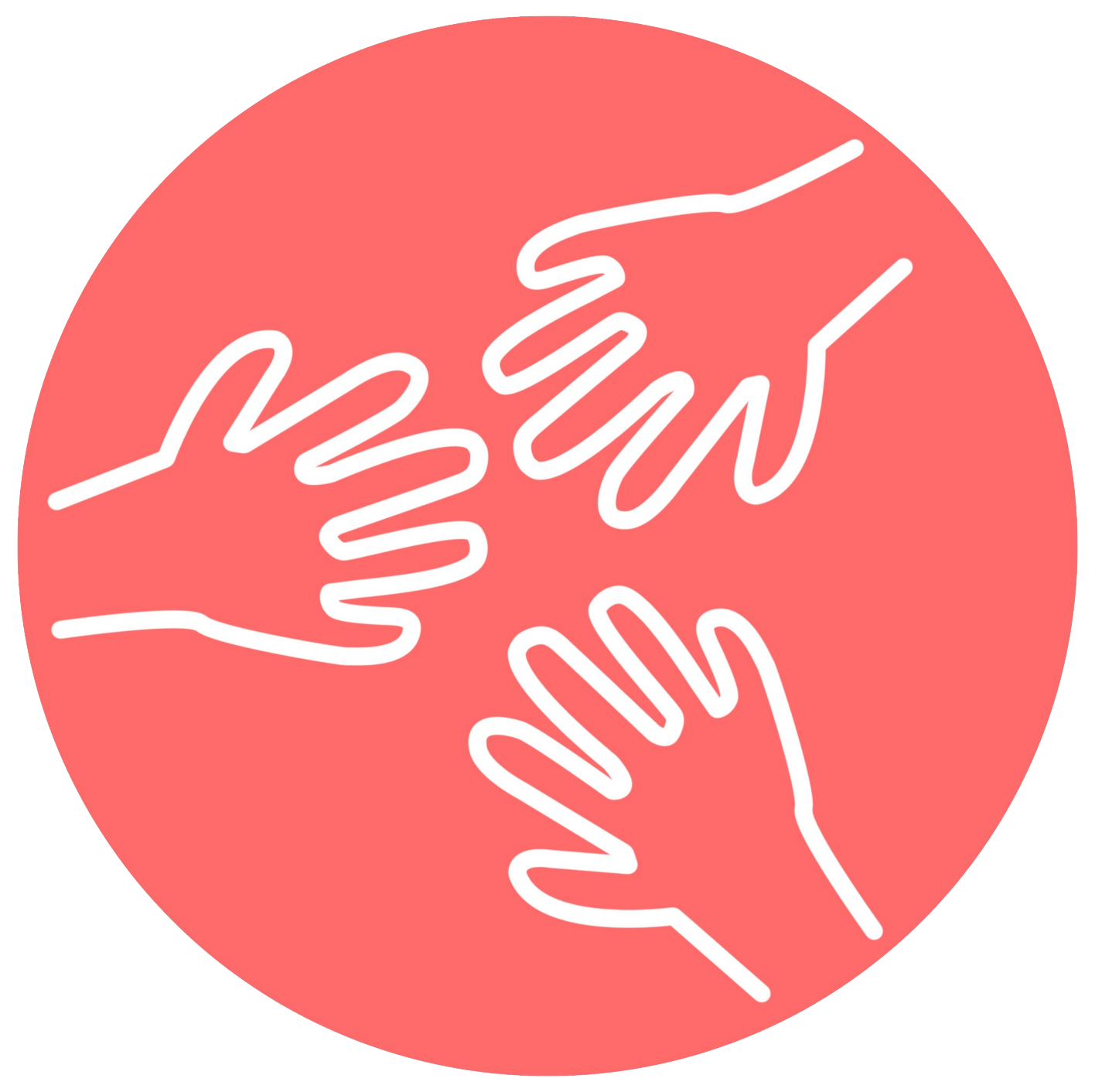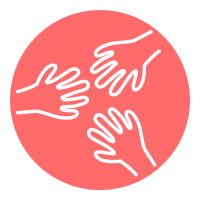Beauty Culture
Written by Althea Ocomen| Edited by Sadhika Raj, Wasinee Siriboonlamom (Dow) | Designed by Marianna Realosa (Yanna), Yanisa Likhitapisit(Palm)
Traditional and modern notions of feminine beauty greatly vary across different cultures and generations. Although diversity has been a game-changer in today’s modern world, stereotypes and stigmas still continue to plague future generations of global citizens, which may affect those of different races and ethnicity.
These stereotypes include a Latin American appreciation for petite women with curves; an Asian appreciation of oval faces, black hair, and average heights; and, an Indian appreciation for women who have a healthy weight. While these stereotypes held normal in the past, globalization is changing traditional notions of beauty. Many societies are now valuing an “international” standard of beauty, as propagated by international beauty contests.
Although these international beauty standards may bring a new appreciation of the definition of beauty, it is still harmful to the overall well-being of society as it propagates others to reject other types of beauty. How is the international standard of beauty created? Who creates these standards?
Industrial, cultural and beauty industries reinforce and develop certain norms through corporate branding and advertisements, which may encourage their consumers only to accept one standard of beauty. Branding tries to make an emotional connection for the viewers to social status, fashionable cities, movie stars and models, and romantic images. As globalization leads to increased interaction and integration amongst societies around the world, definitions of “what is beautiful” may also be converging.
A confluence of international events is occurring. First, both European and American corporations in the beauty industries are further expanding into new markets and are heavily advertising their products and images of “beautiful” women. Johnson & Johnson, L'Oreal, Procter & Gamble, and Unilever are aimed at countries where fair skin is coveted, with names like ‘White Perfect’ and ‘Fair & Lovely.’ These multinational companies are advertising whitening creams majorly to third world countries such as India and the Philippines.
Second, U.S. commercials and advertisements, including beauty pageants, dominate theatres and television stations worldwide, projecting Western ideals of beauty. Brand names such as Nivea, Olay, Pond’s, Dove, Neutrogena, and Garnier regularly dominated the beauty industry. Top film stars were roped in to promote these brands. Television commercials show dark-skinned women unable to find husbands or jobs until they used fairness creams to lighten their skin tone. Third, in countries such as India and China, there is a growing middle class with disposable income, who are buying these products with hopes to increase their standards of living according to Globalization101.
Unfortunately, many in the developing world equate “whiteness” and Caucasian features with economic success, further solidifying the trend. Men and women in both countries buy products to lighten their skin with hopes to achieve a better life, higher-paying jobs, and higher classmates.
Multiculturalism was a buzz phrase used in the last decade to promote awareness and appreciation of different and diverse cultures within the United States. Yet despite movement toward more significant recognition of diversity within the US, beauty pageants, movies, television shows, and commercials still idealize tall, thin, large-busted women.
There are exceptions, such as Dove’s Self-Esteem campaign or movies such as Little Miss Sunshine. Still, the majority of the aforementioned industries continue to promote dangerous ideals that continuously progress to having a negative impact on society.


